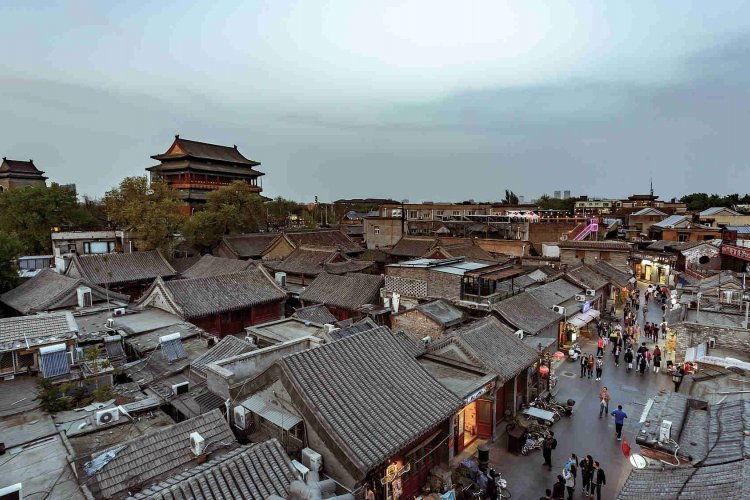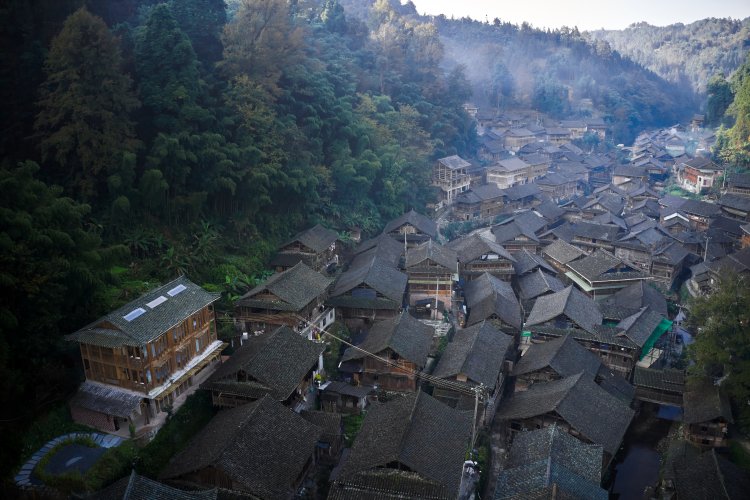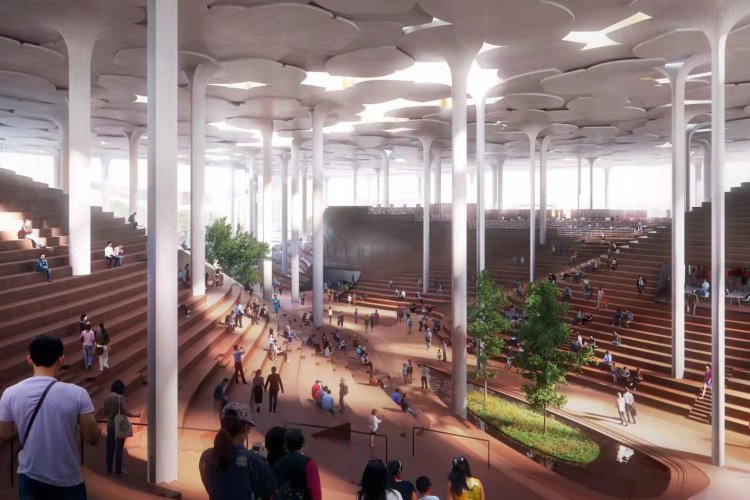Architect Behind Beijing's Bank of China Headquarters I.M. Pei Dies at Age 102
A trip to Paris would be incomplete without a visit to the Louvre Museum but how much do you know about the architect behind the building's iconic crystal pyramid entranceway?
The architect in question, I.M. Pei, died last Thursday at the age of 102, leaving the world with a collection of striking and award-winning buildings. Born in Canton (now Guangzhou) in 1917 and raised in Shanghai and Hong Kong, Pei moved to the US in 1940 at the age of 17 to study architecture at Massachusetts Institute of Technology. He later received a master’s degree from the Graduate School of Design at Harvard University, and would eventually go on to become one of the world's most famous architects, known for his modernist eye and cubist sensibilities.
Aside from the famous entranceway of the Louvre Museum, his other notable international works include the Rock and Roll Hall of Fame and the John F. Kennedy Library in the US, the Museum of Islamic Art in Doha in Qatar, and the Bank of China Tower in Hong Kong.
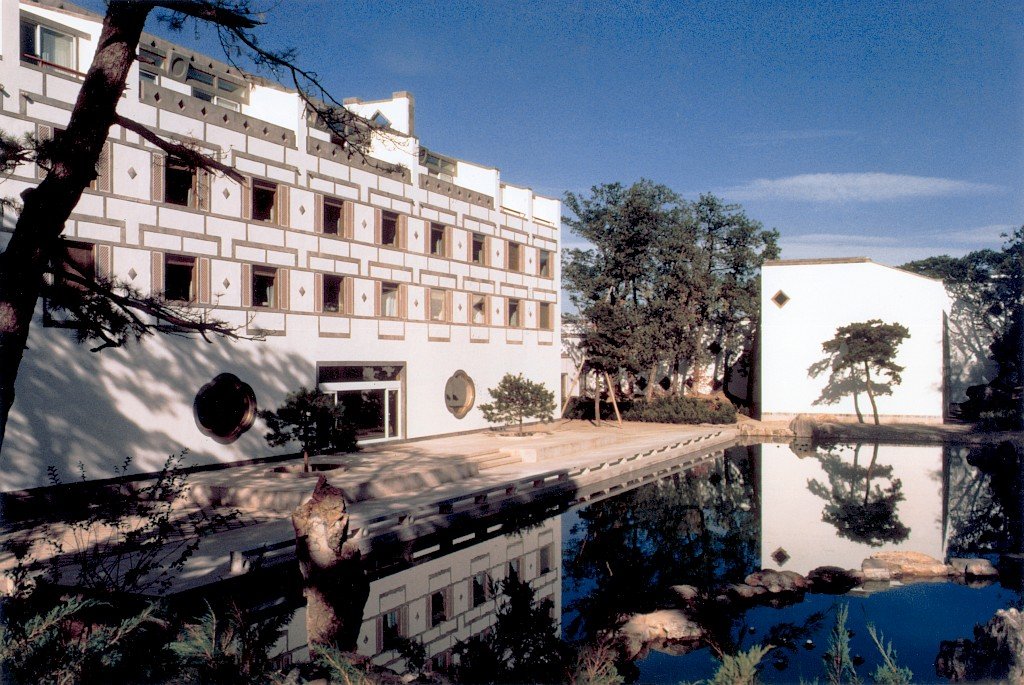
It is said that Pei was first inspired to design buildings after becoming fascinated by the gardens of Suzhou in his youth, and in 2006 Pei returned to China to leave his mark on this southern city with his Suzhou Museum.
Pei also designed two buildings in Beijing: the Fragrant Hill Hotel and the Bank of China Headquarters. The former was completed in 1982, marking Pei's first building in China 40 years after his initial departure. Eschewing the idea of designing a high-rise hotel or a skyscraper that would overshadow important low-lying structures in the heart of the Chinese capital (namely the Forbidden City), Pei settled on something more subdued, and which would better represent the country's ongoing reform and opening up as well as its rich cultural history. The result was a boxy yet intricately designed white and gray low-slung building with zigzagging courtyards that pay homage to classical Chinese gardens.
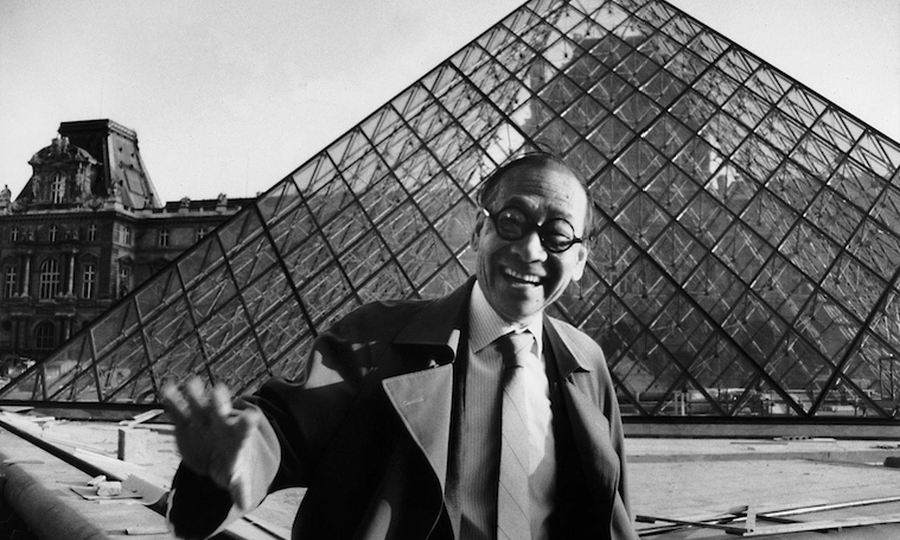
Despite Pei's prowess, his ideas were not always met with fanfare. Of the Fragrant Hill Hotel, for instance, People's Daily said, "[the hotel] initially seems unimpressive. It even appears strange." Likewise, arguably his most famous building, the Louvre Pyramid, was met with a 90 percent disapproval rate in Paris when it was completed in 1989. At the time, Pei stated that he would receive "many angry glances in the streets of Paris," adding, "after the Louvre I thought no project would be too difficult."
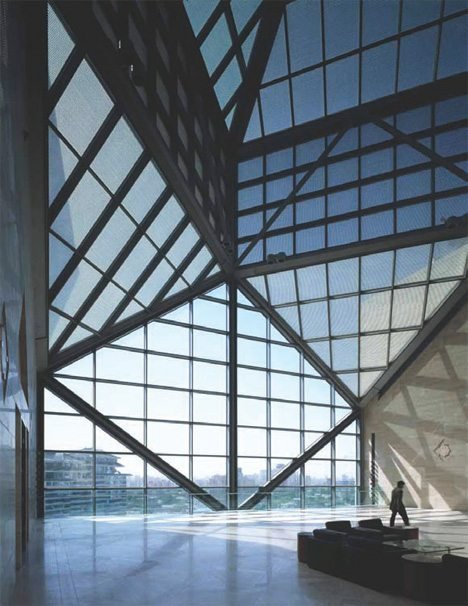
Although Pei's creations were sometimes misunderstood, the ideas that united his body of work came to define his strengths. The Bank of China Headquarters (pictured at top), completed in 1999, is very much reminiscent of this signature style, combining his two favorite materials – glass and concrete – in assured geometric patterns for a bold and majestic structure, while the central atrium, pyramid skylight roof, and a Chinese-style traditional garden help to merge traditional elements with modern flourishes.
While many of Pei's finest works are located in faraway cities, we can count ourselves lucky to have two of the master's works right here in Beijing.
Click here to see the latest pictures of Beijing's Daxing "Starfish" Airport.
Photos: sohu.com, arcspace.com, asiatimes.com, stories.mplus.org




